Sony FE 50mm f/1.2 GM
Two-minute review
The Sony FE 50mm f/1.2 was, at the time of its launch, the 60th E-mount lens the company had produced, though that number has since swelled to 63 lenses thanks to the arrival of three G-series primes. In short, Sony has been very busy over the past few years.
But this lens is also a particularly special addition to its line-up. It's the fastest Sony E-mount lens to date and sets a new benchmark for image quality and speed in the company’s range.
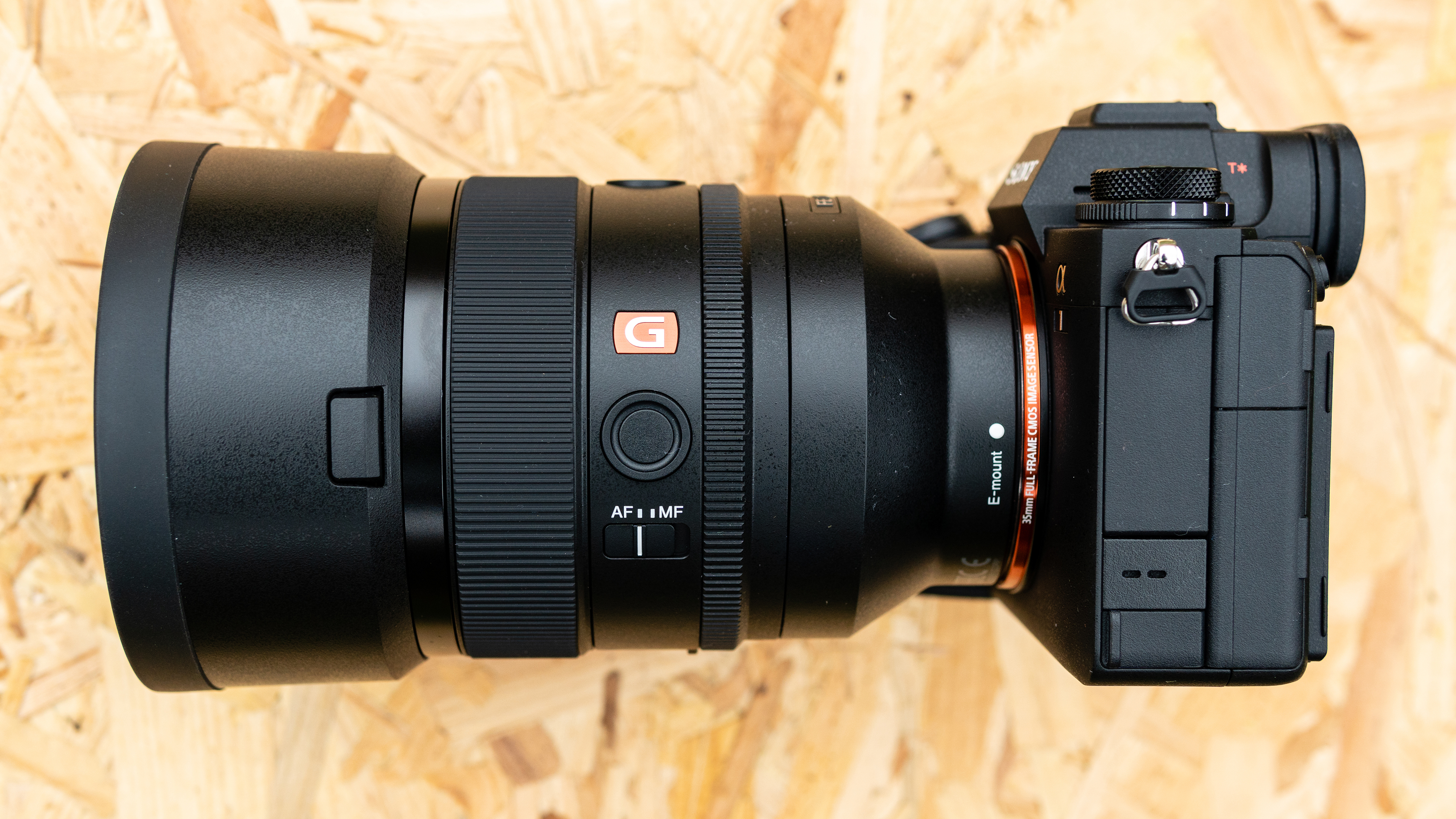
Price and release date
Features
Performance
Image quality
Should I buy it?
Image quality is phenomenal. The only criticism here is the vignetting when shooting wide open, but this disappears completely by f/2.8 and is easy to fix in software. Bokeh when shooting wide-open looks stunning and the lens provides fast, accurate and indeed near-silent AF.
As a 'G Master' (GM) lens, not only is image quality exceptional with excellent sharpness throughout the aperture range and no aberrations or distortion visible, the build quality is also second-to-none and features dust- and water-resistance.
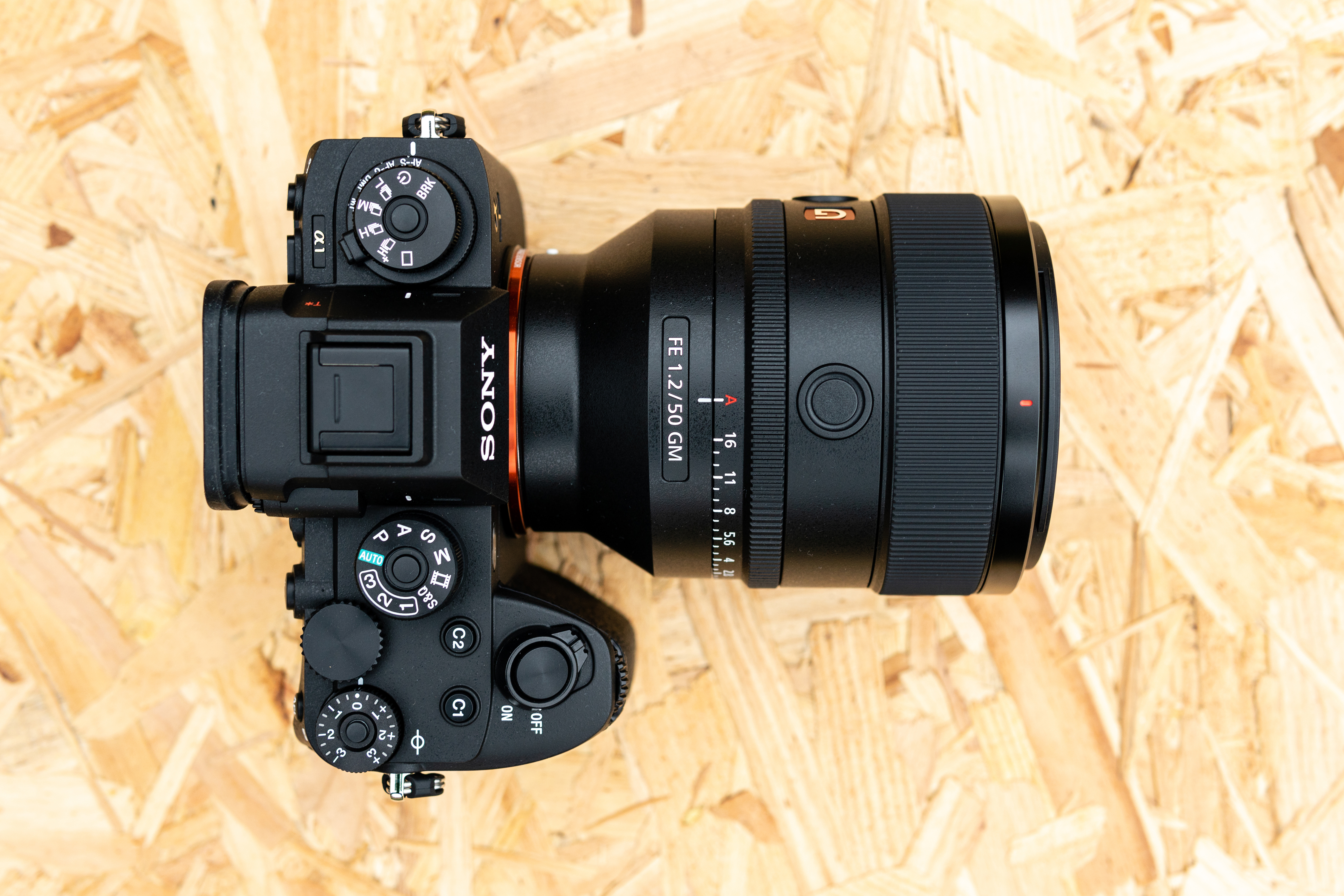
The included lens hood provides sufficient shading from stray light and adequately protects the front element in bad weather. Plus, the front lens element is surprisingly small, and the filter size is a reasonable 72mm, rather than the 82mm you might expect.
At 778g, it’s certainly not the lightest 50mm lens you’ll come across, but this kind of weight is typical of a lens of this speed. Despite this, it feels well-balanced in the hand against a full-frame A-series camera like the Sony A1 we tested it with.
At $1,999 / £2,099 / AU$3,399, this is an extremely expensive, professional lens. But when you factor in the technical mastery achieved by Sony’s engineers and exceptional image quality, the price is where you’d expect it to be – and is arguably justified, given the overall performance of the lens. Sony has undoubtedly created a masterpiece.
- These are the best Sony lenses you can buy right now
Sony FE 50mm f/1.2 price and release date
- Announced in March and available to buy from April 2021
- Price is $1,999 / £2,099 / AU$3,399
In a fast turnaround from announcement to availability of just one month, the Sony FE 50mm f/1.2 will be available to photographers in April 2021. This is the fastest Sony E-mount lens currently available, and pairing such a fast maximum aperture with this versatile focal length of 50mm is a great move by Sony.
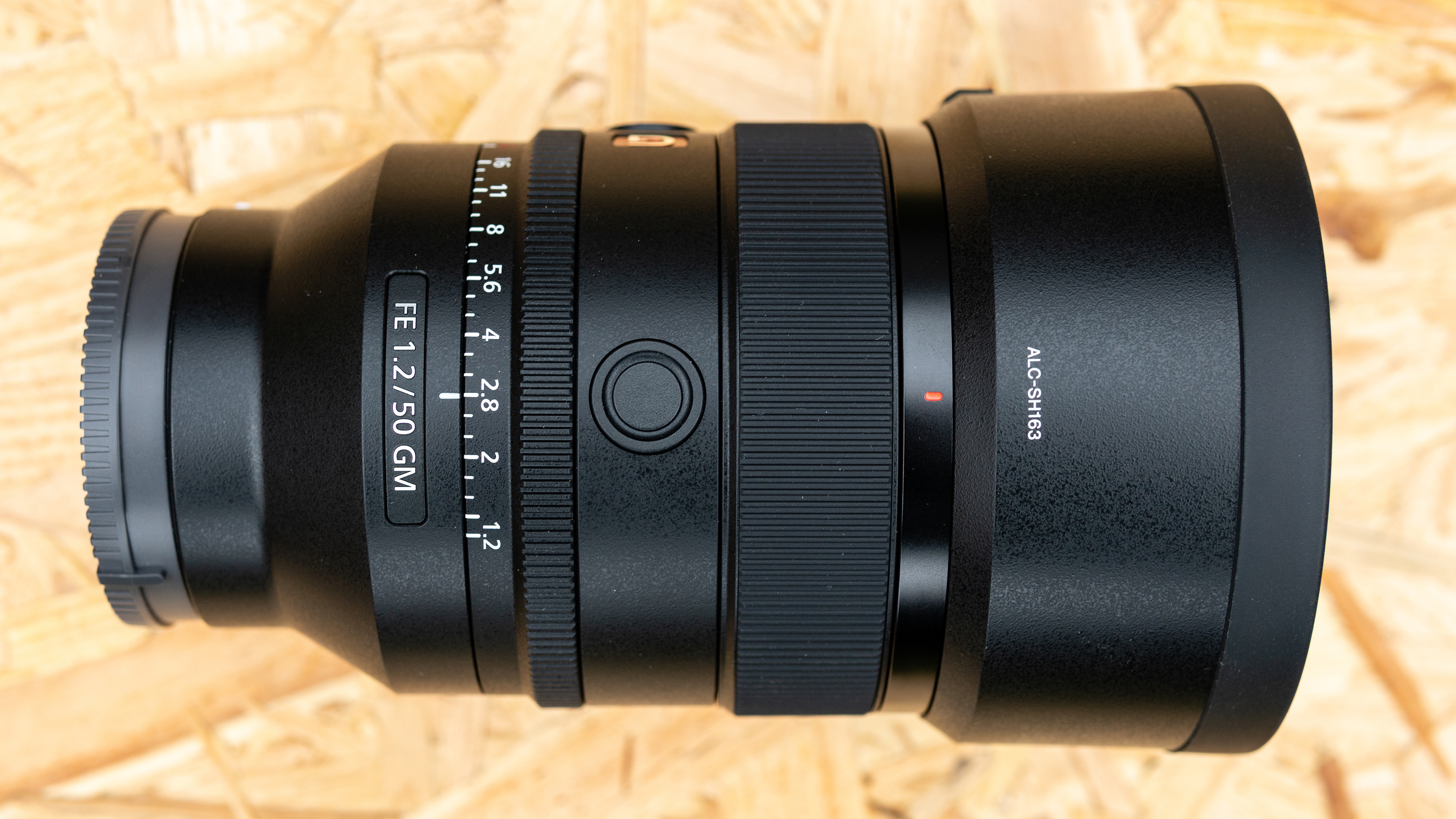
Lenses this fast are not cheap, though, and at $1999 / £2099 / AU$3,399, the 50mm will be out of the reach of many photographers. However, it still comes in slightly cheaper than Canon’s RF 50mm f/1.2 USM lens, as well as being 172g lighter – despite being almost identical in size.
Features
- Fastest Sony lens so far
- 11-blade circular aperture
- 40cm minimum focusing distance
The headline feature of this lens is the superfast f/1.2 maximum aperture. This provides incredible light-gathering capabilities in low-light conditions, as well as beautiful bokeh when shooting wide open.
The lens uses three XA (extreme aspherical) lens elements that apparently helps produce sharp images throughout the aperture range, as well as minimizing chromatic aberration. This is certainly the case in practice, which we'll go into in greater detail later in the 'image quality' section.
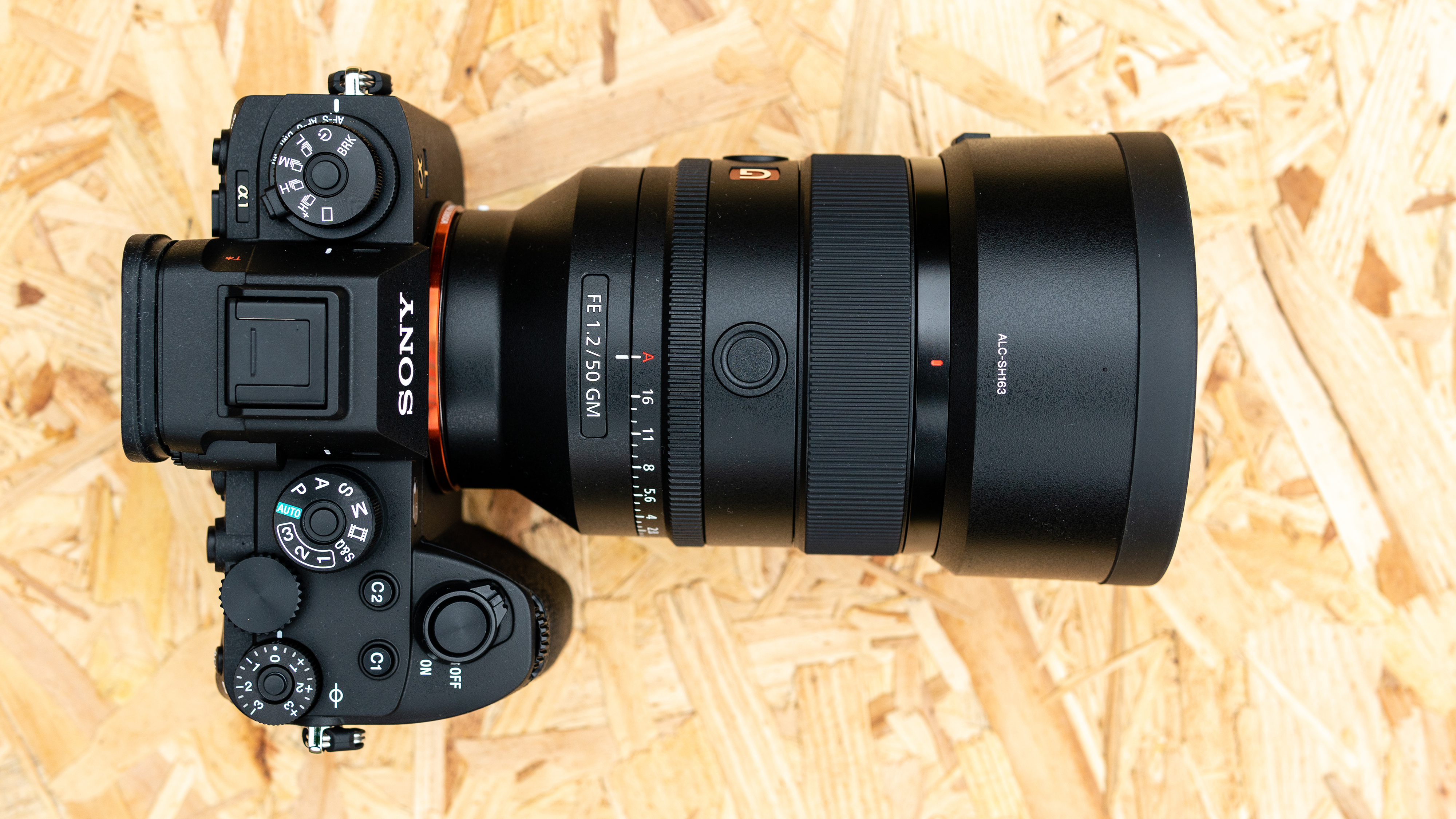
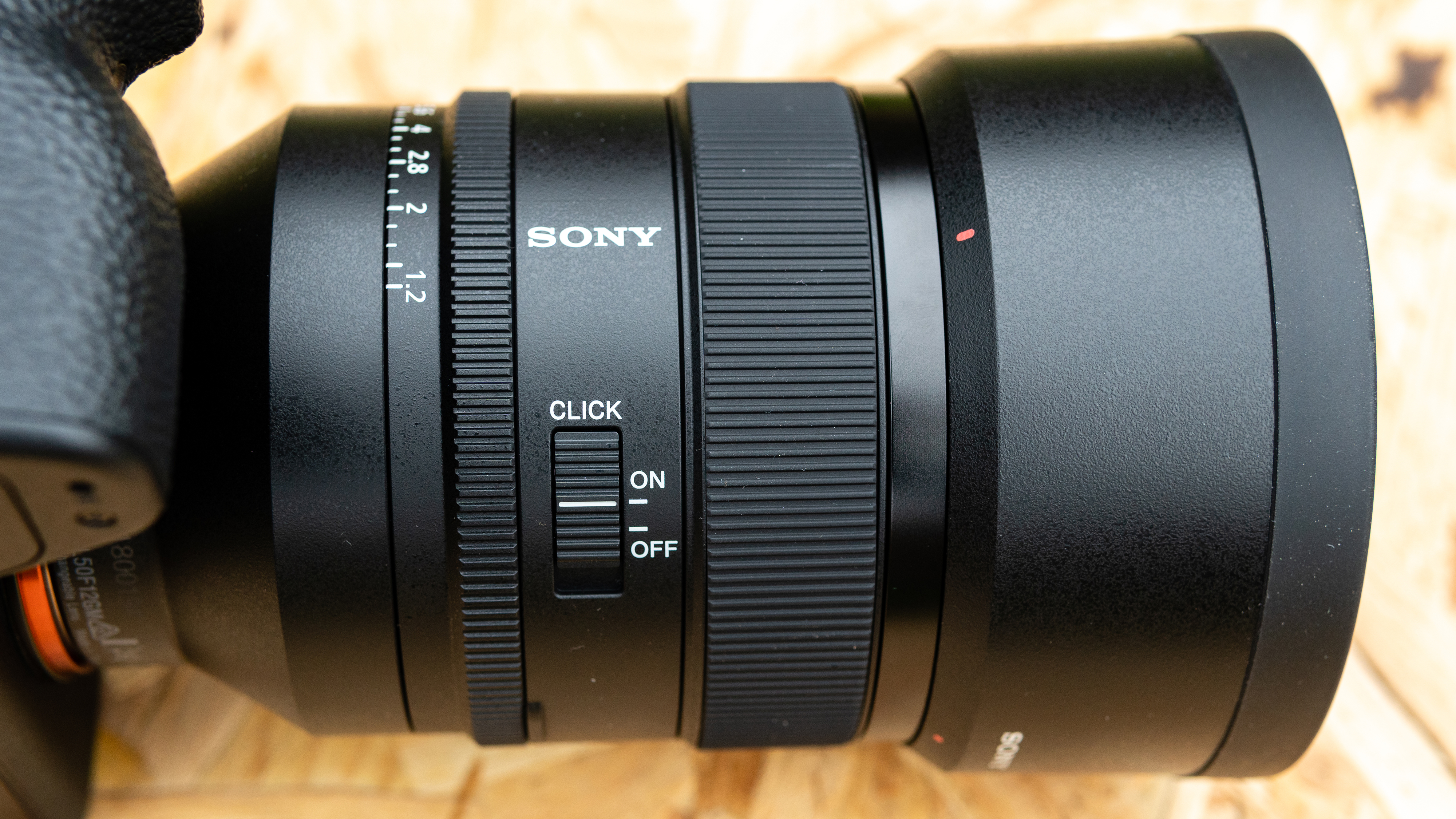
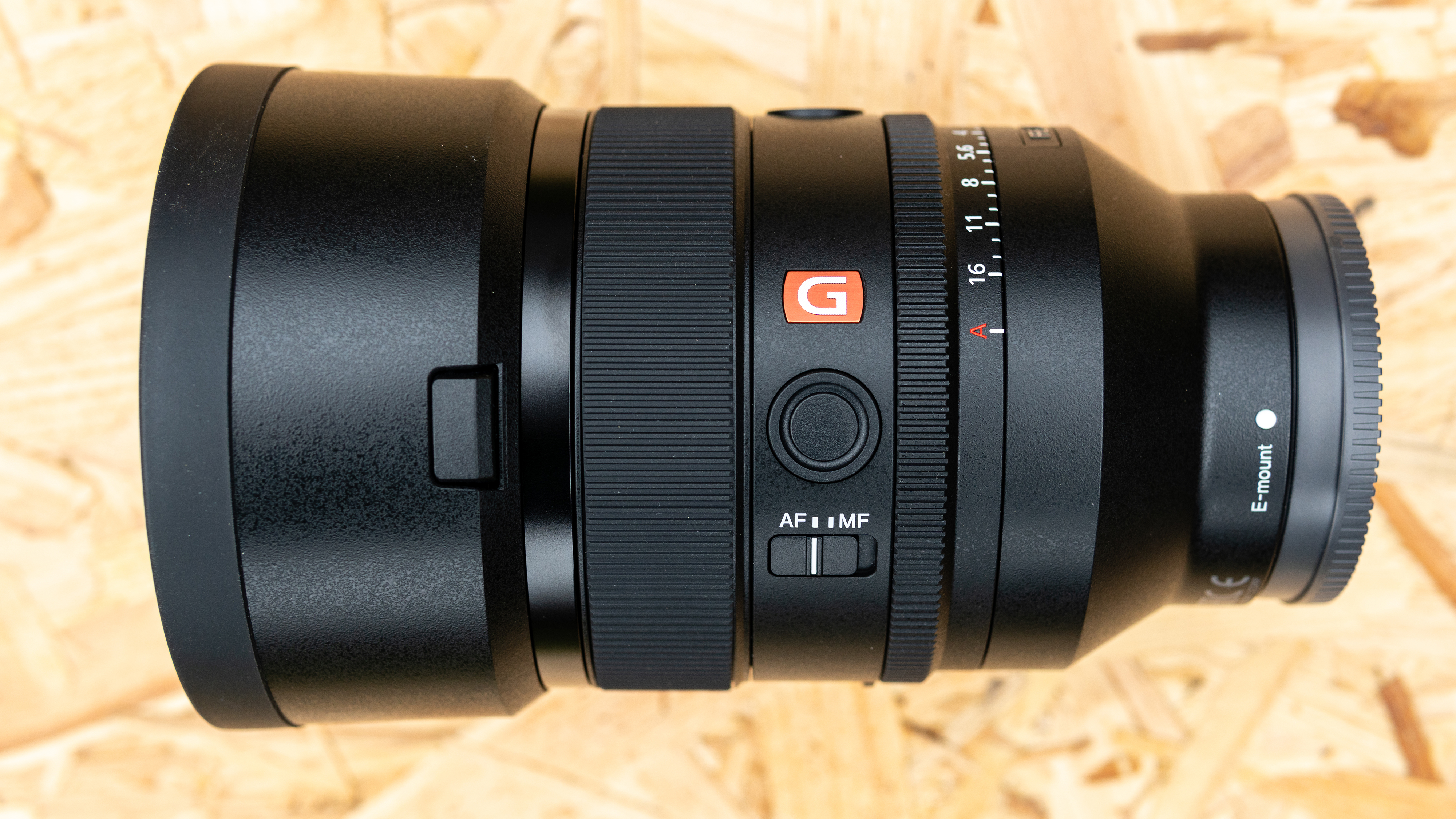
These elements are also said to help make the lens compact and lightweight, and at 108 x 87mm and 778g, it certainly isn’t huge considering the maximum aperture. That 778g weight is heavy for a 50mm lens, but this is due to the f/1.2 aperture and it's still 172 g lighter than the Canon RF 50mm f/1.2 USM lens.
This lens also features Sony’s Nano Coating II, to reduce internal reflections and avoid ghosting and flare. To help repel water, oil and other contaminants, as well as make cleaning the lens easier, it has a fluorine coating on the front element.
Other notable features include a circular 11-blade aperture, which helps to produce stunning bokeh with circular highlights. And while the minimum focusing distance of 40cm isn’t the closest, this isn’t really a lens that’s designed for close-up photography – despite being a versatile option that can be used for shooting the majority of photographic subjects.
Performance
- Virtually silent autofocus thanks to four Linear XD motors
- Dust- and moisture-resistant
- Smooth and precise manual focus
The 50mm f/1.2 is solidly built from metal and plastic and follows the design and build quality you’d expect from a Sony G Master lens. The build is dust- and water-resistant, although the small print states that this is not 100%.
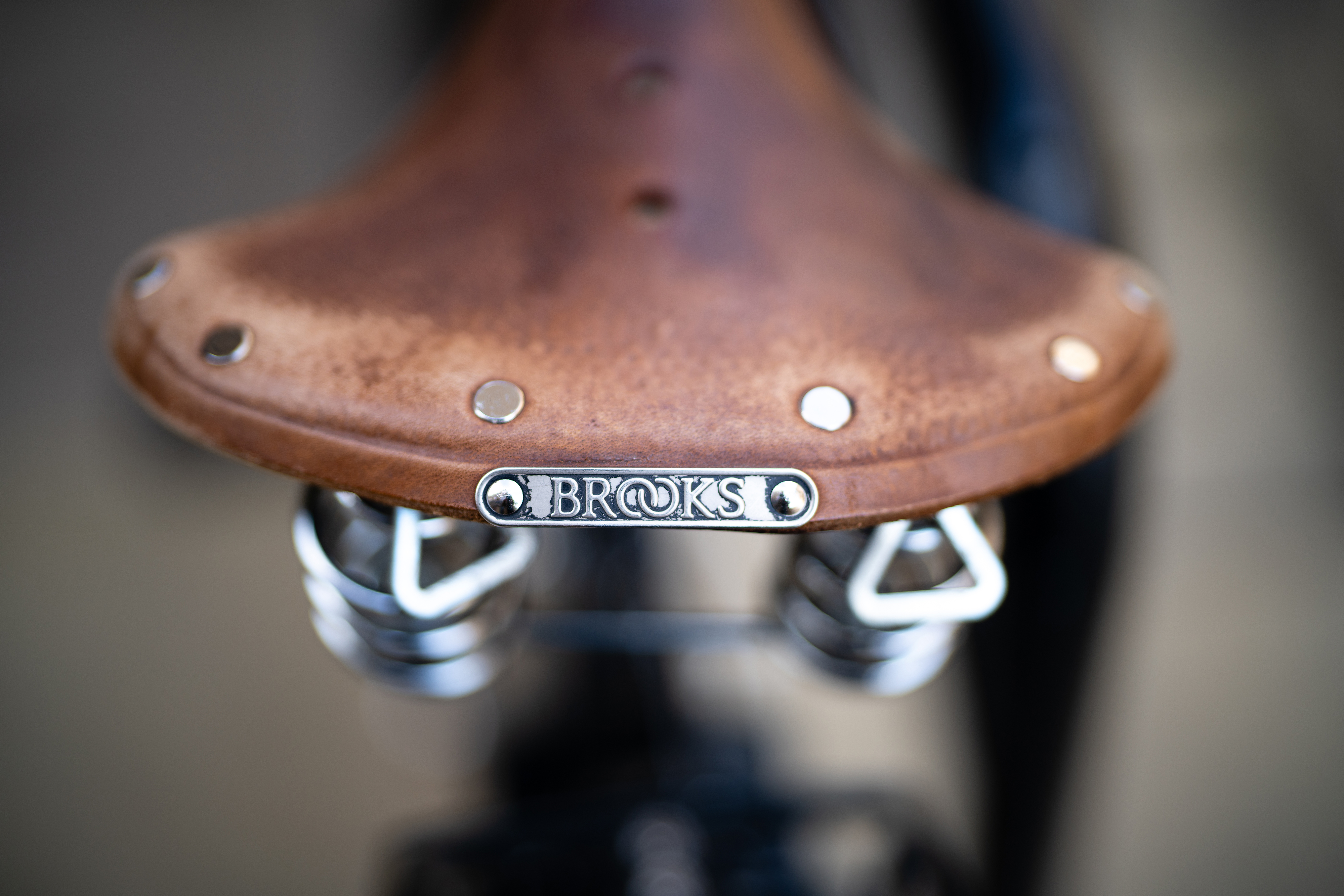

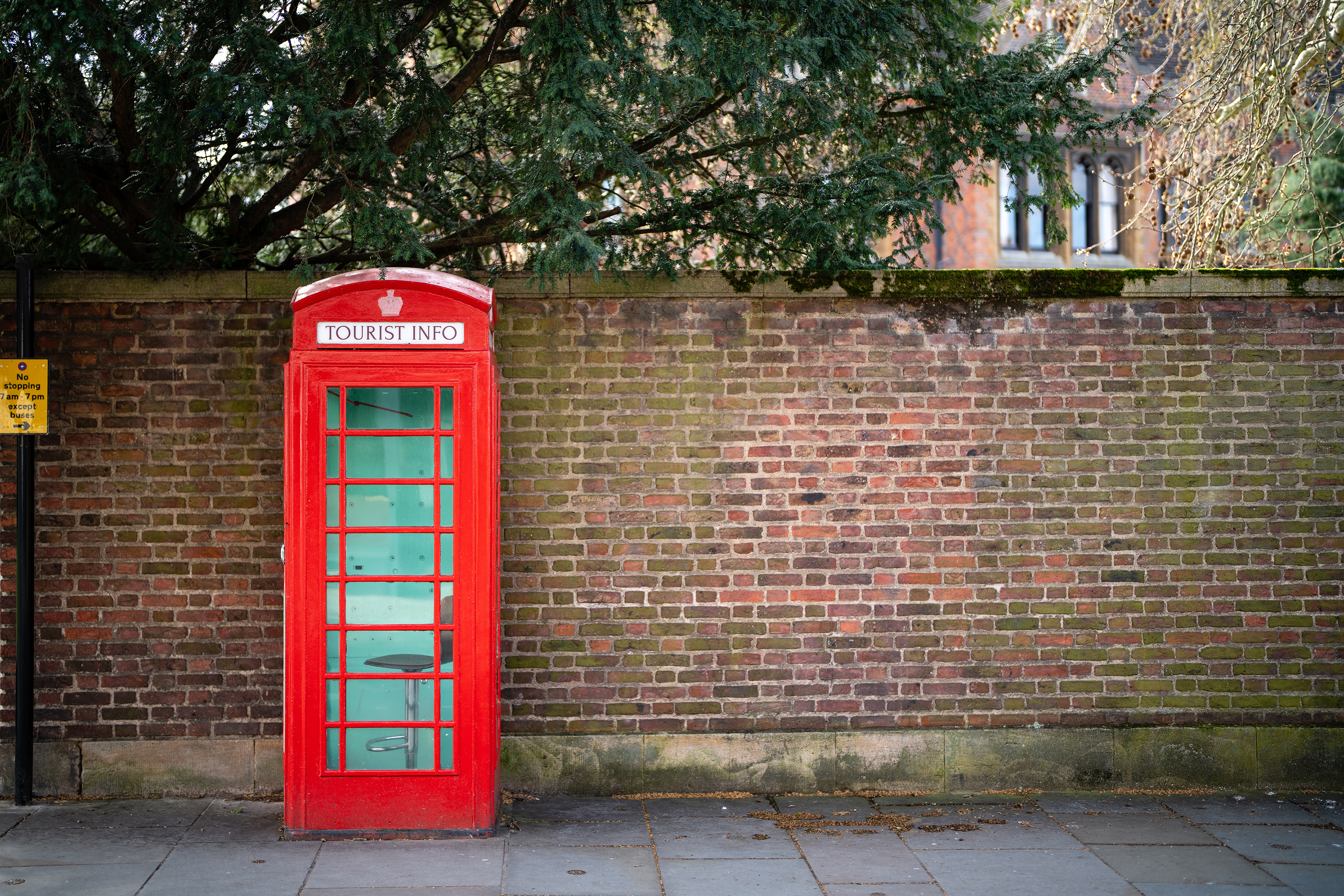
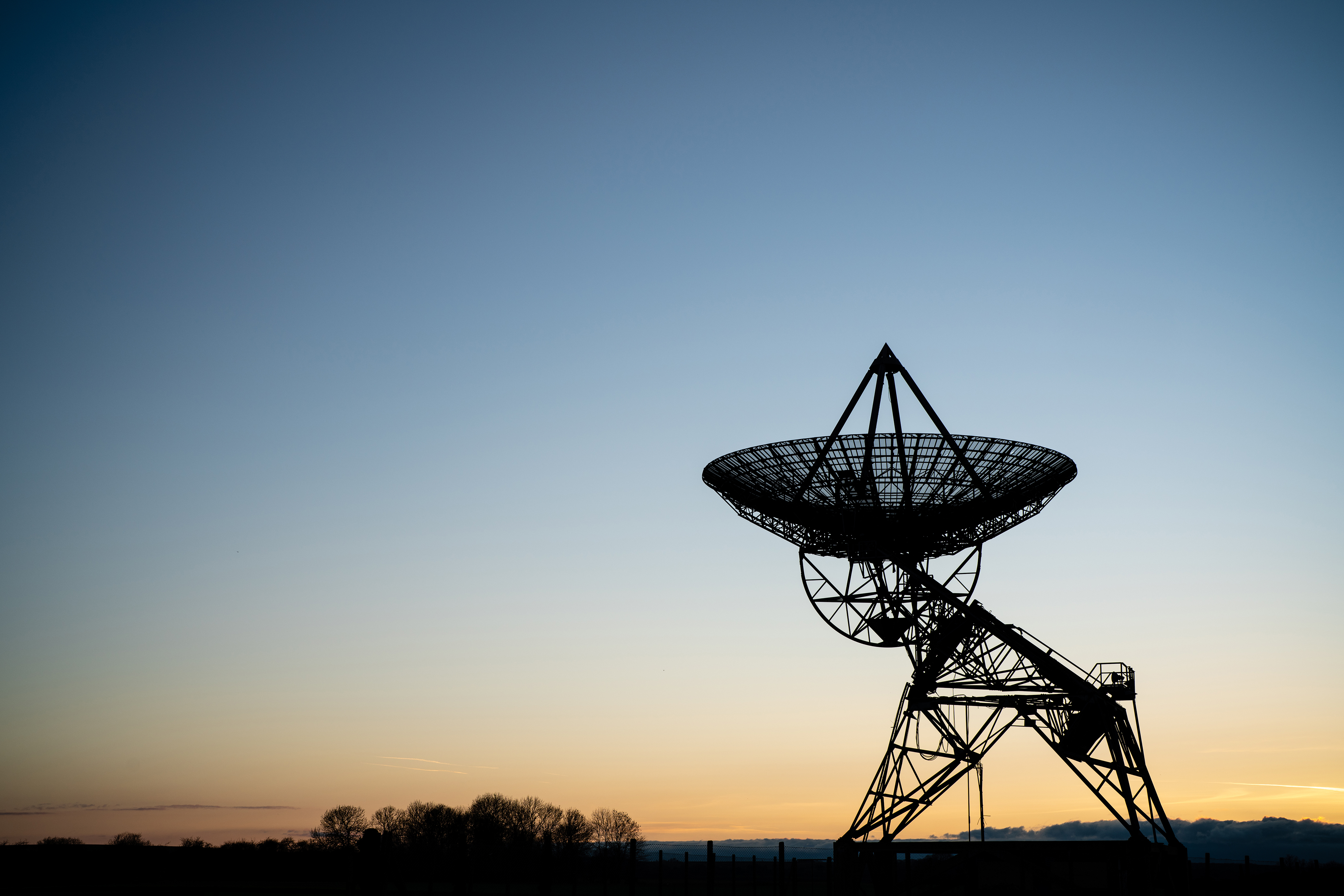


In terms of autofocus, it’s fast to lock onto subjects both static and moving, and practically silent thanks to four Linear XD motors. This is great for video where AF tracking is required.
The 50mm also works exceptionally well with Sony’s Eye AF, which will be extremely useful when shooting portraits with the lens wide open.
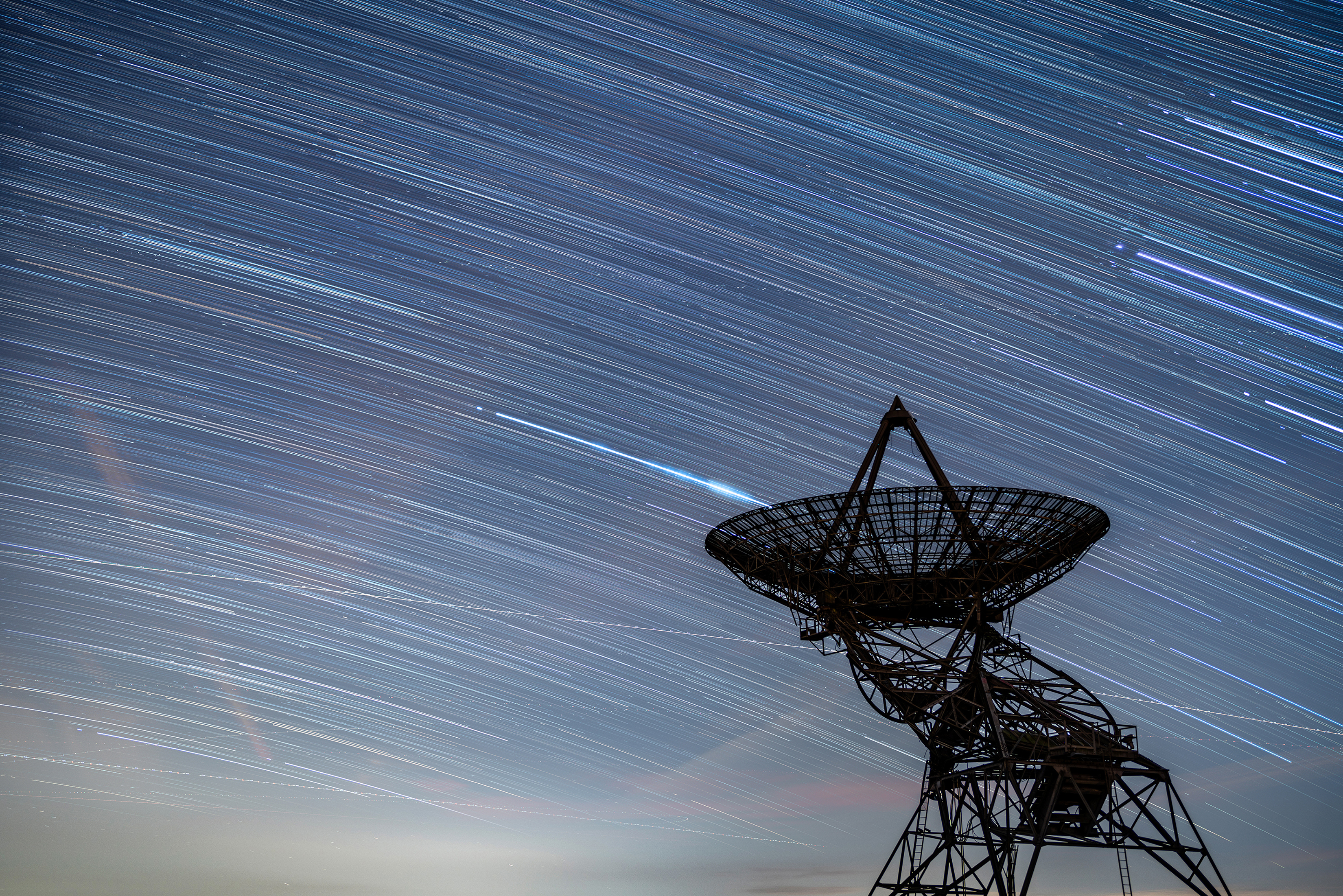
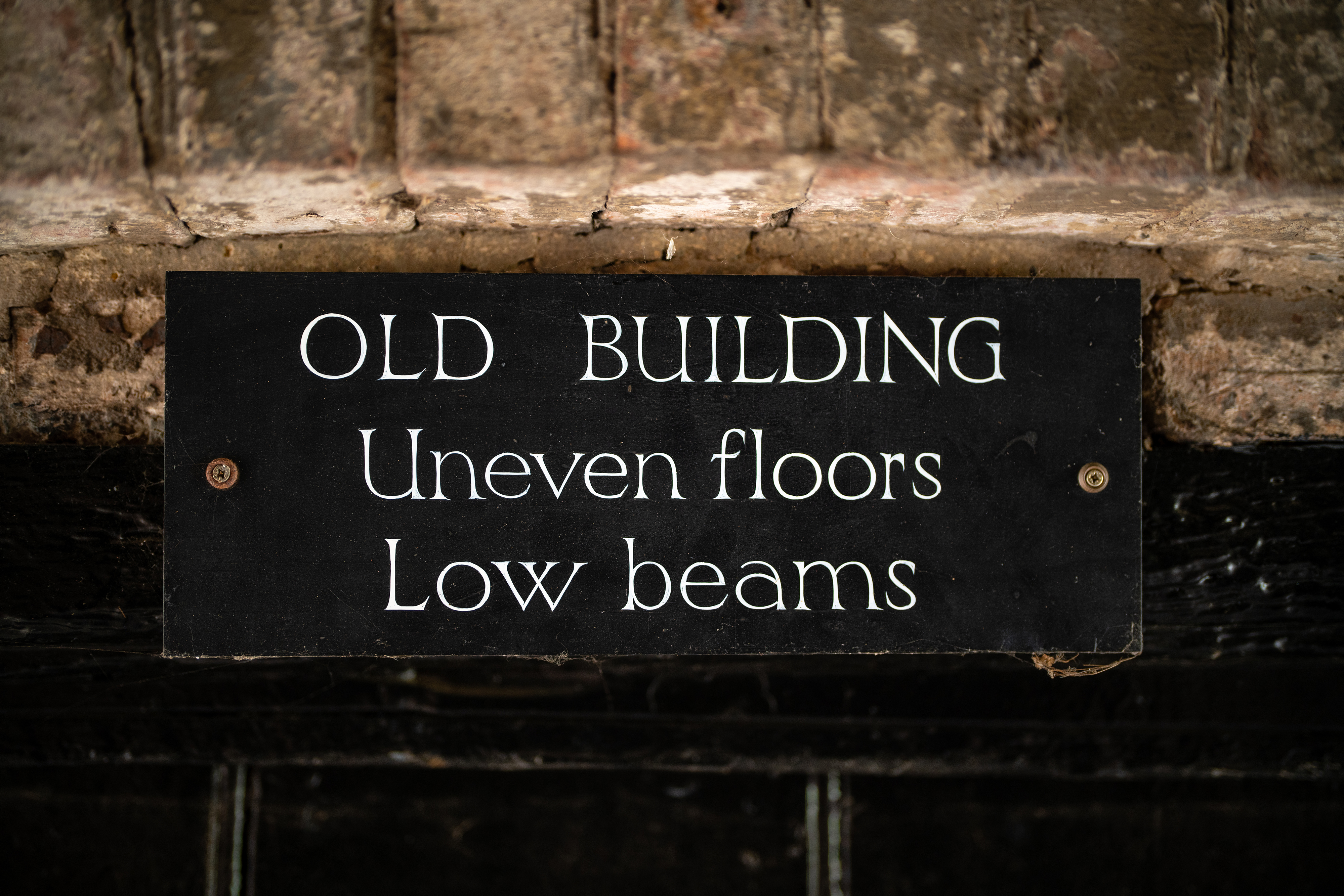
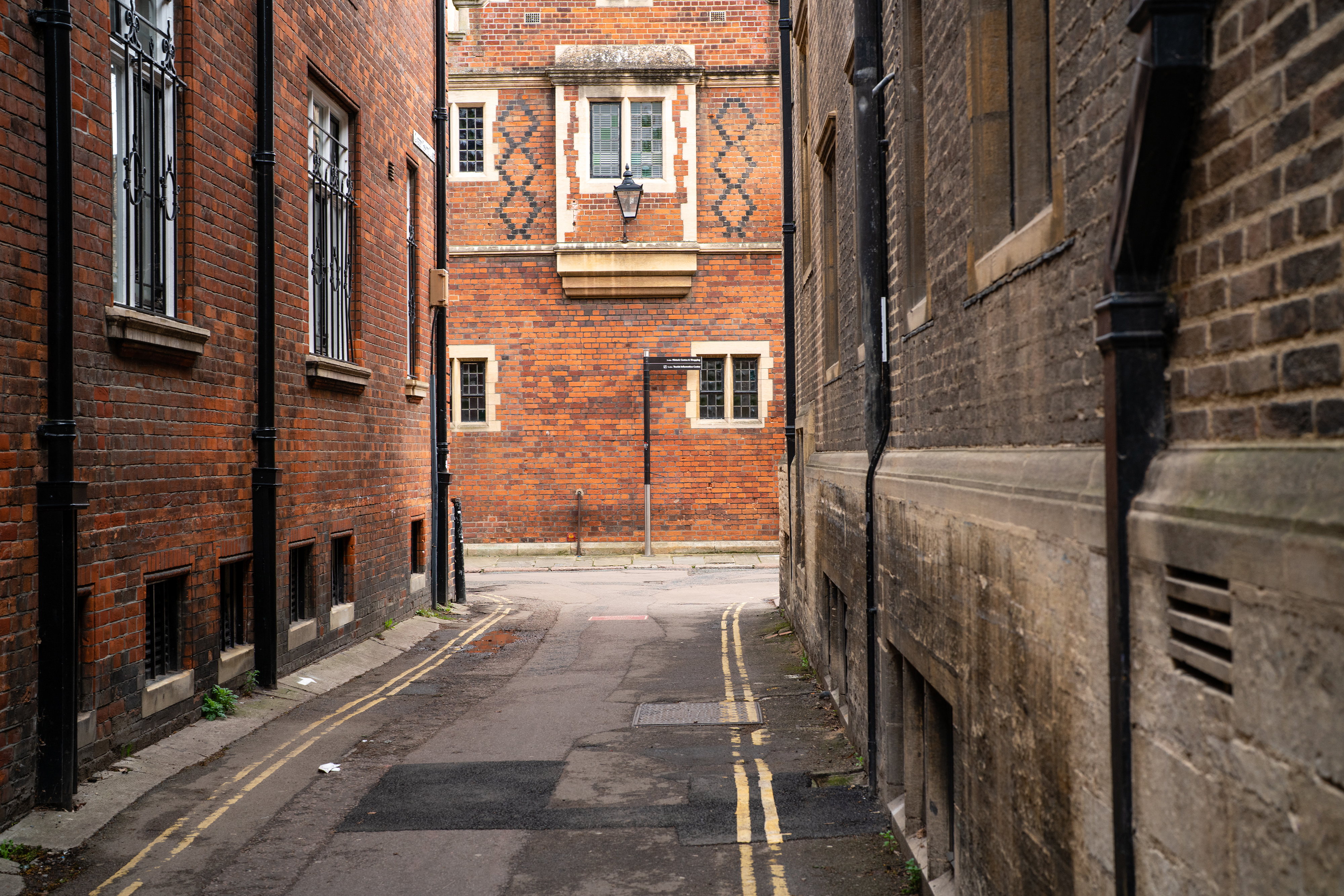
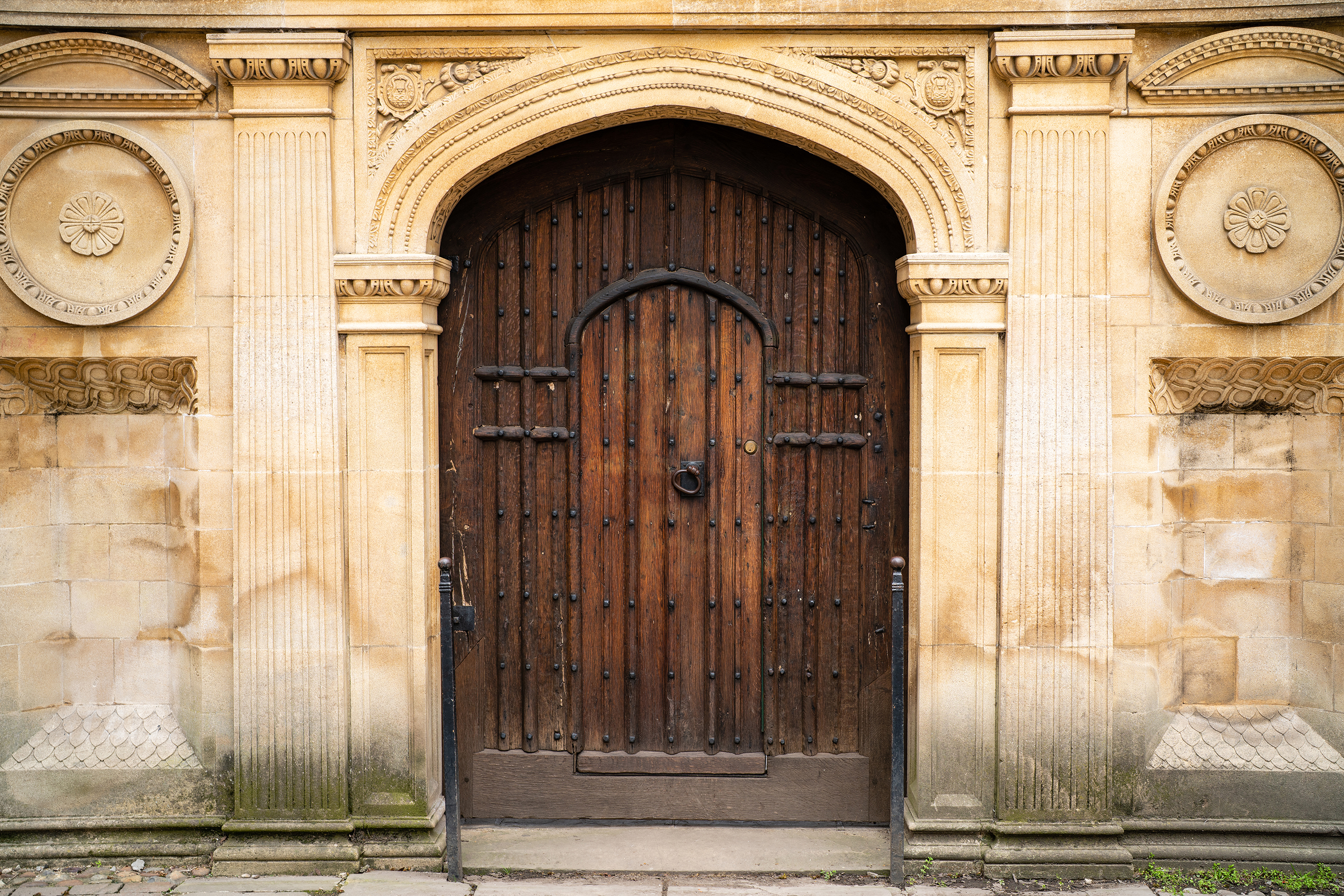
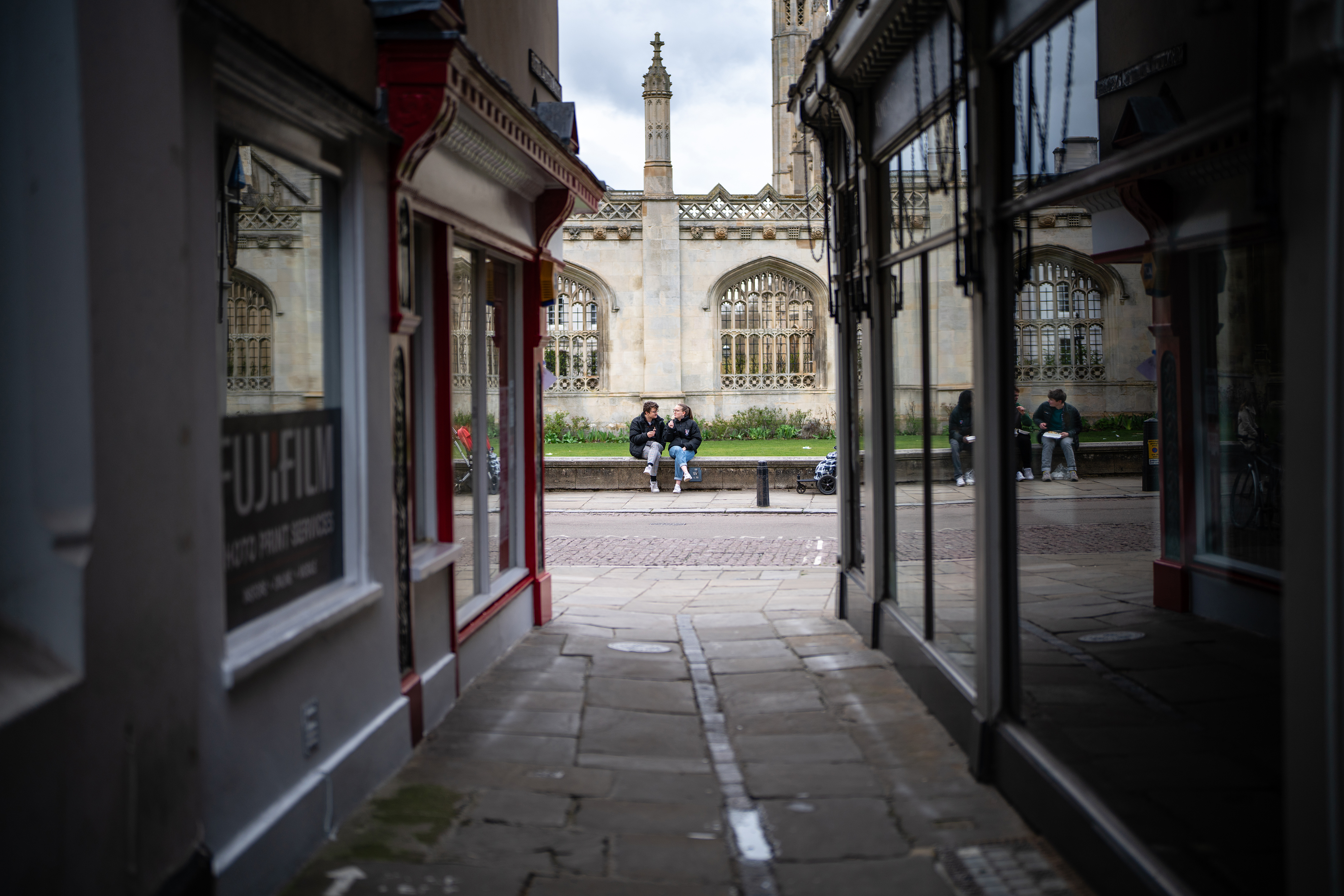
Like most new Sony prime lenses, the 50mm features a manual aperture ring that can be set to click at each 1/3 stop increment for stills, or stepless for smooth aperture changes when shooting video.
This is controlled by a switch on the side of the lens that sits almost opposite to a programmable focus hold button on the other side, alongside a second button on the top of the lens. This can also be set to 'A' for aperture control via the camera body.
When focusing manually, the focus ring only provides a small amount of resistance, but is extremely smooth and offers precise focus when using the focus distance scale in the camera EVF or on the LCD screen.
The latter is ideal for both stills and video shooters because focus is smooth and precise, with a long turn of the focus ring from near focus to infinity.
Image quality
- Sharp throughout the aperture range
- Heavy vignetting when wide open
- No visible chromatic aberration
With any lens sporting an expensive price tag, expectations for exceptional image quality are naturally high – and the Sony 50mm f/1.2 certainly does not disappoint. In fact, it sets a new benchmark for image quality combined with speed.
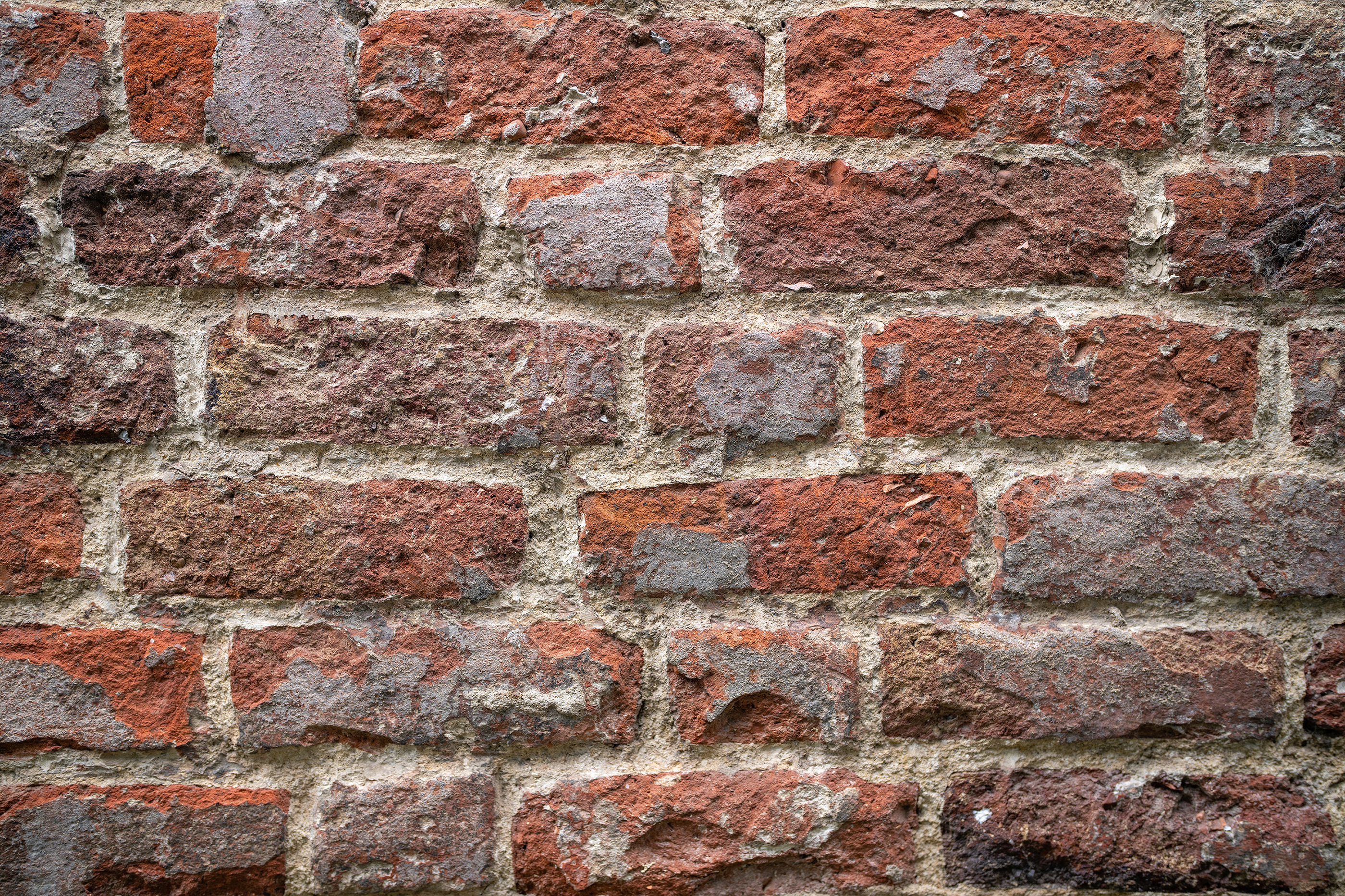
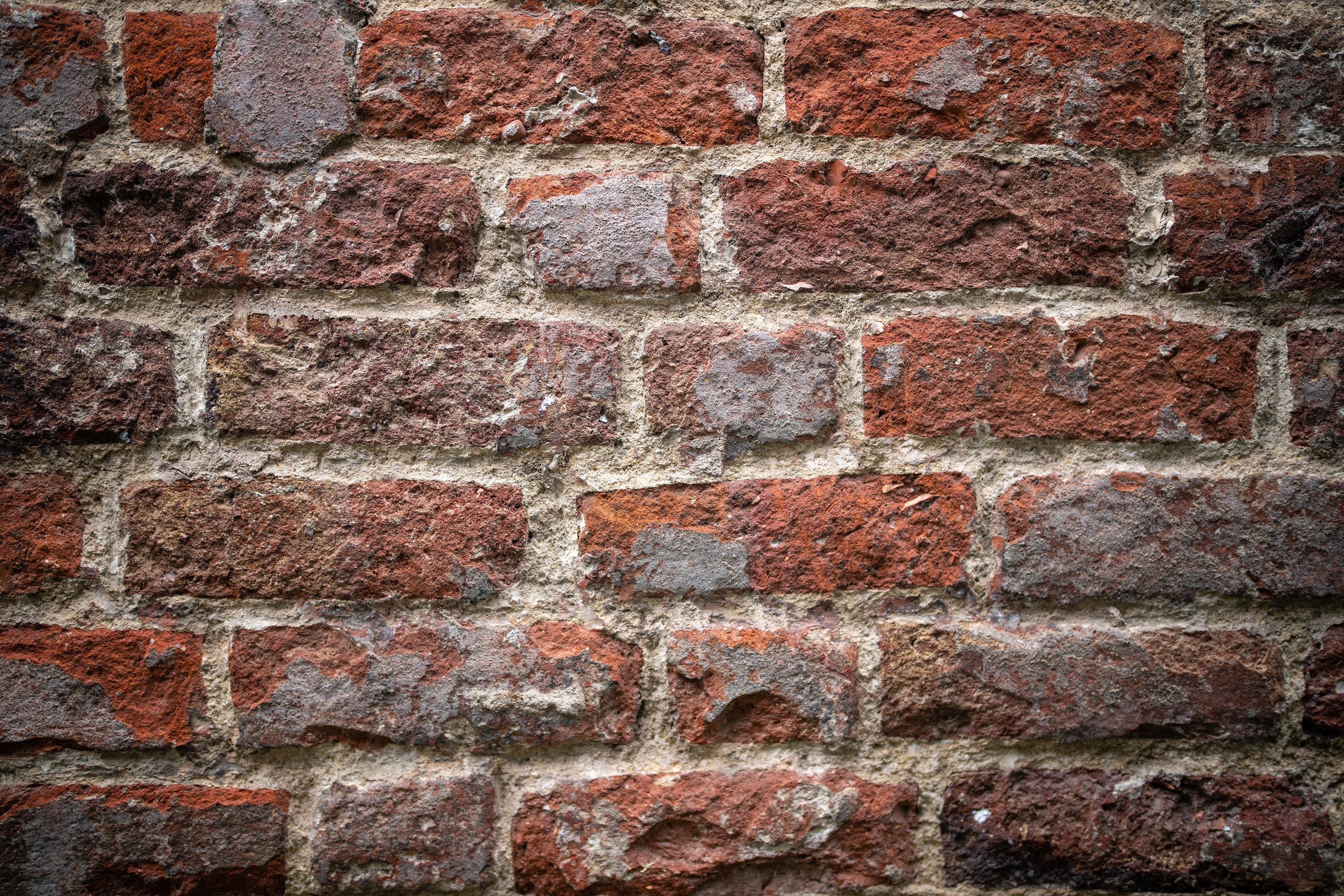


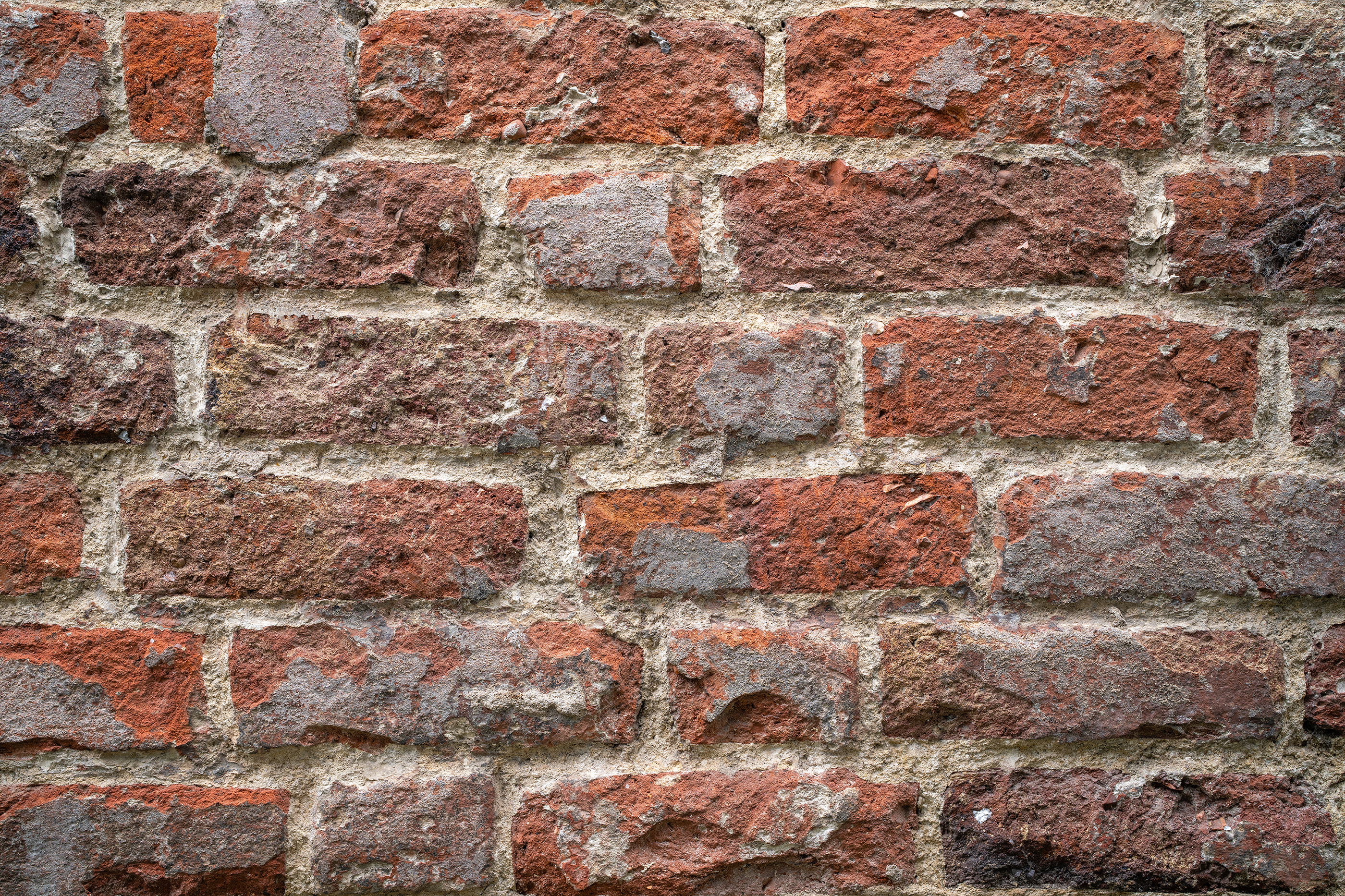

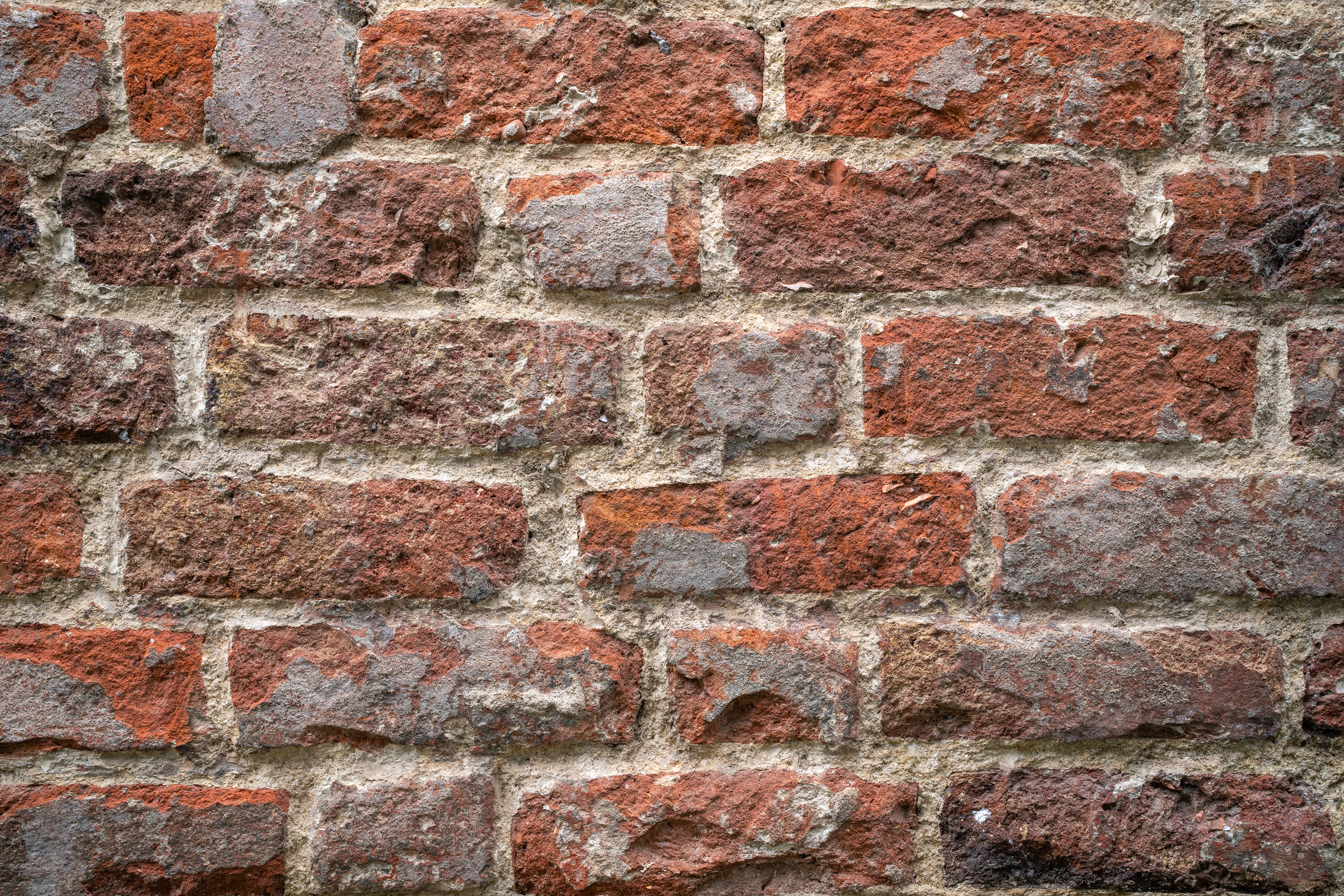
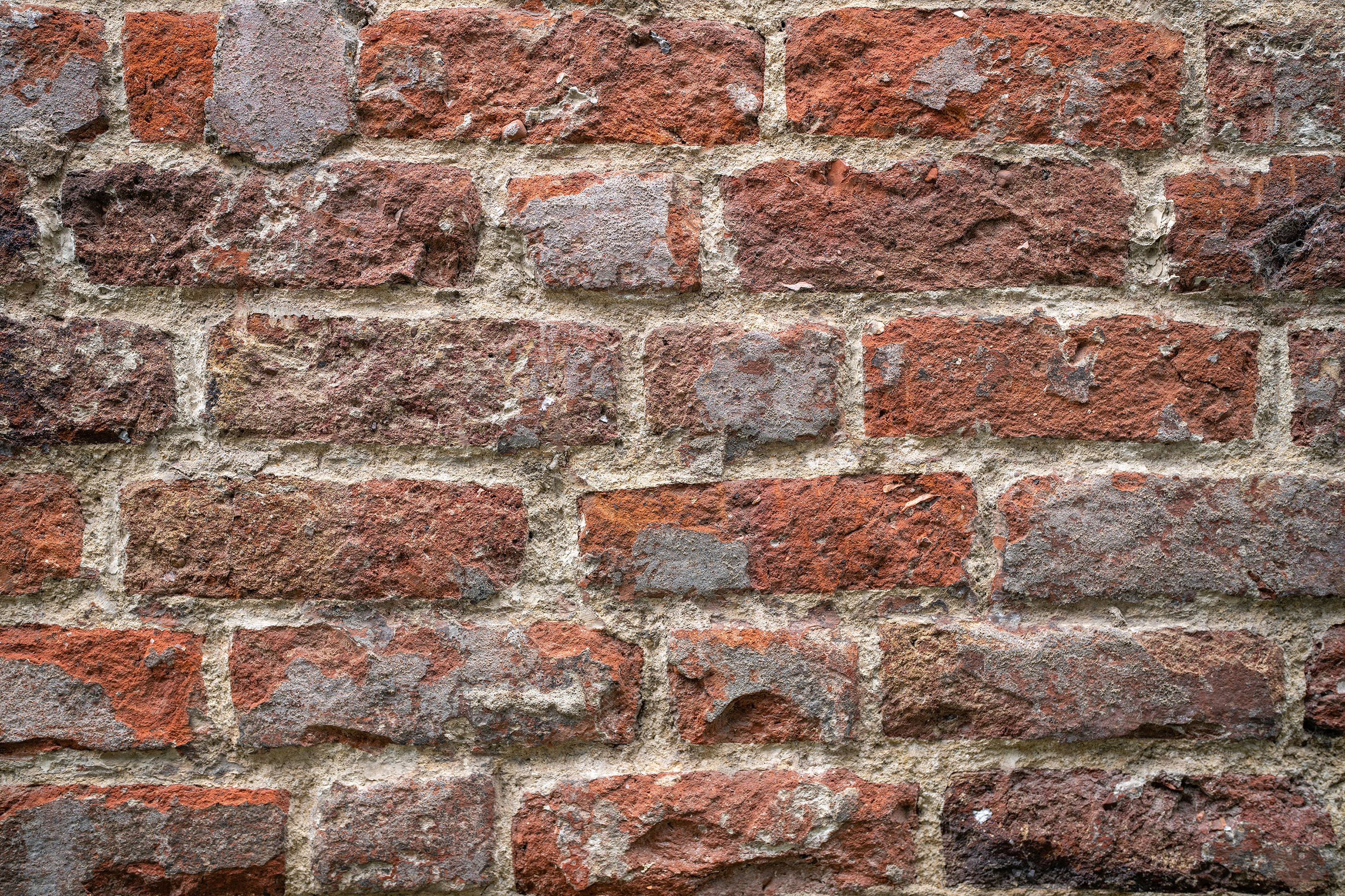
Fast lenses are infamous for being a little soft wide open, and while the 50mm isn’t at its sharpest wide open, it remains incredibly sharp with a slight fall-off in sharpness towards the edges of the frame.
There’s also fairly heavy vignetting at f/1.2 (as you can see above), but this reduces by around 80% at f/2 and is completely gone at f/2.8.

The sweet spot of the lens, which is the aperture settings that produce the sharpest results, is f/8. As you stop down the lens from f/1.2 the image becomes increasingly sharp in the centre and edges of the frame up to f/8, with a slight dip at f/11.
By f/16, which is the narrowest aperture, overall image quality drops again due to diffraction. That said, it’s highly unlikely you’d ever need or want to shoot at f/16 with this lens.
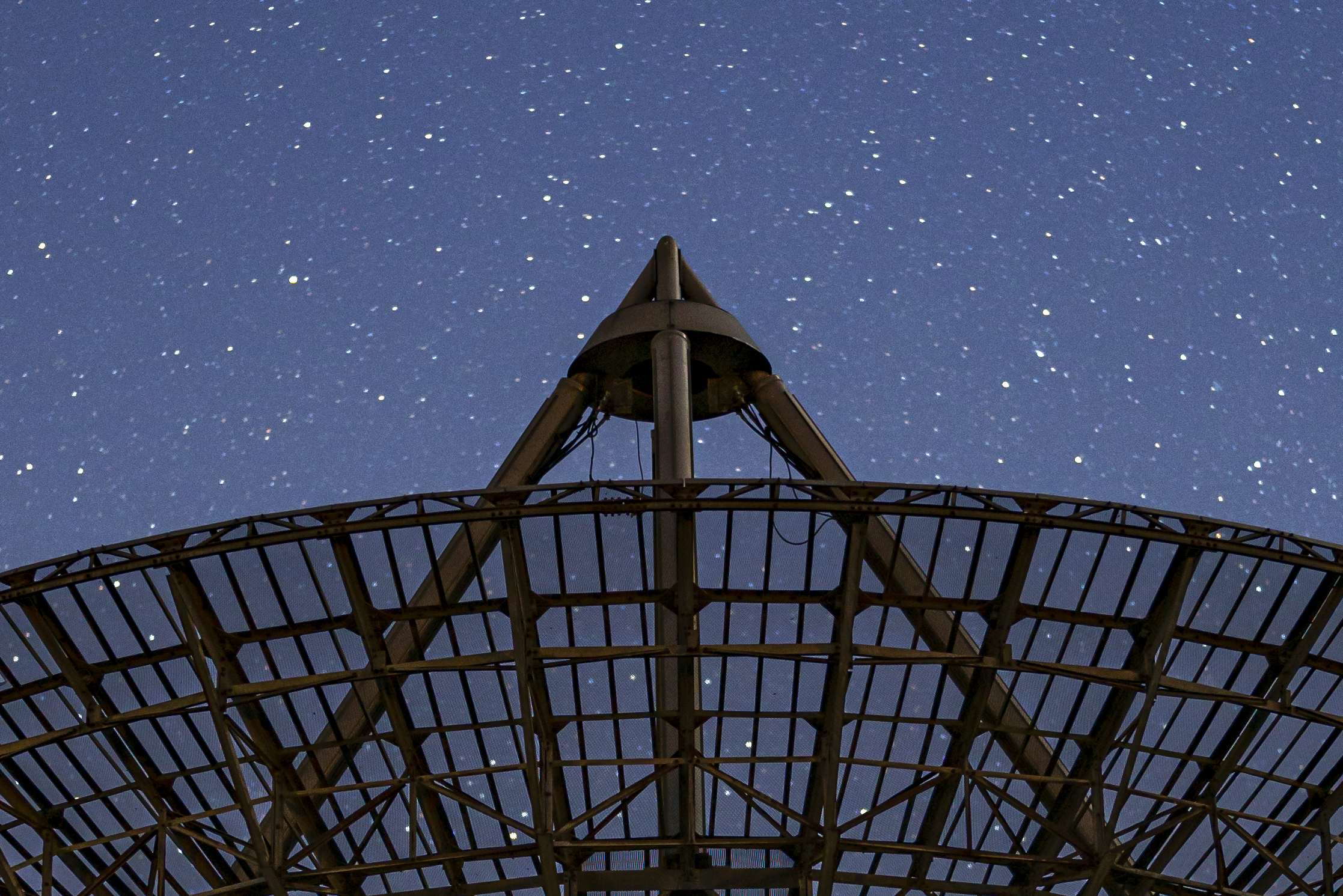
In terms of aberrations, the 50mm is free from any kind of fringing, even at the widest setting of f/1.2, so chromatic aberration is no problem at all.
This is truly outstanding for a lens of this type and goes some way towards justifying the high price tag, alongside that exquisite overall image quality.
Should I buy the Sony 50mm f/1.2 GM?

Buy it if...
You need a fast prime lens
If you need a fast prime lens for shooting in low light and for capturing an extremely shallow depth-of-field, then this is the lens for you. Best results will always be on full-frame A-series cameras, although APS-C A series owners will get a 75mm equivalent focal length.
You shoot astrophotography
If you’re a keen astrophotographer, this lens may not be the widest, but the fast aperture combined with exceptional image quality at f/1.2 make this a compelling option for capturing the sky at night.
You’re a portrait or wedding photographer
For portraits, this lens is absolutely incredible thanks to the shallow depth-of-field produced when shooting wide open, as well as the lack of any chromatic aberration. Plus, the 50mm works very well with Sony’s Eye AF.
Don't buy it if...
You’re on a budget
It goes without saying, but the 50mm f/1.2 isn't exactly the best choice for outright value. As an alternative, the Sony FE 55mm f1.8 ZA Carl Zeiss Sonnar T* Lens may be more suitable. While not cheap in itself or as fast as the f/1.2, it’s much more affordable.
You never shoot wide open
If your style of photography means that you rarely shoot at maximum aperture settings, then there really isn’t any point in buying a lens that’s optimized for this type of shooting.
You want 50mm on APS-C
If you’re a Sony APS-C camera owner who would like a 50mm equivalent, you would be better suited to the Sony FE 35mm f/1.4 GM. However, if this is out of your price range, the Sigma 30mm f1.4 DC DN Lens will provide an equivalent focal length of 45mm for a much lower price tag.
0 comments:
Post a Comment